Sri Lankan papayas are typically large in size with a golden to orange-hued skin when ripe. The flesh is soft, succulent, and ranges from vibrant orange to pinkish-red, depending on the variety. The flavor profile of Sri Lankan papaya is characterized by its sweetness with subtle hints of tanginess, making it a refreshing treat on its own or as part of fruit salads, smoothies, and desserts.
Beyond its delightful taste, Sri Lankan papaya is also valued for its nutritional benefits. It is rich in essential vitamins, particularly vitamin C and vitamin A, as well as dietary fiber and antioxidants. These nutrients contribute to overall health and well-being, supporting immune function, digestion, and skin health.
In Sri Lankan cuisine, papaya is used in various dishes, both sweet and savory. It is often included in salads, chutneys, jams, and desserts, adding a burst of flavor and a tropical touch to culinary creations. Additionally, papaya leaves and seeds are also utilized in traditional herbal remedies and culinary applications.
Overall, Sri Lankan papaya is celebrated for its delightful flavor, vibrant color, and nutritional value, making it a popular and versatile fruit enjoyed in diverse ways across the island and beyond.
Technical Specifications
- Variety: Sri Lankan papayas include various cultivars such as Solo, Sunrise, and Red Lady, among others.
- Size and Weight: Papayas can vary in size, but they typically range from medium to large, with average weights ranging from 1.5 to 3 kilograms (3.3 to 6.6 pounds) depending on the variety.
- Skin Color: When ripe, the skin of Sri Lankan papayas ranges from golden yellow to orange.
- Flesh Color: The flesh of ripe Sri Lankan papayas is usually vibrant orange to pinkish-red, depending on the variety.
- Flavor Profile: Sri Lankan papayas have a sweet flavor with subtle hints of tanginess.
- Nutritional Content: Papayas are rich in essential nutrients including vitamin C, vitamin A, dietary fiber, potassium, and antioxidants such as beta-carotene and lycopene.
- Shelf Life: Ripe papayas have a relatively short shelf life and should be consumed within a few days of ripening. Unripe papayas can be stored at room temperature and will ripen within a few days.
- Ripeness: Papayas are typically harvested when they are partially ripe and allowed to ripen further off the tree. Ripe papayas yield slightly to gentle pressure and have a sweet fragrance.
- Harvesting: Papayas are usually harvested by hand when they reach the desired stage of ripeness. They are carefully handled to prevent bruising and damage.
- Storage: Ripe papayas should be stored in the refrigerator and consumed within a few days to maintain freshness.
Packaging Details
-
- Cans & Jars – 100g, 200g, 375g, 400g, 500g
- LDPE Polyliner (Double Sealed) Secondary – 5 Ply Corrugated Carton / 4ply Kraft Paper Sack




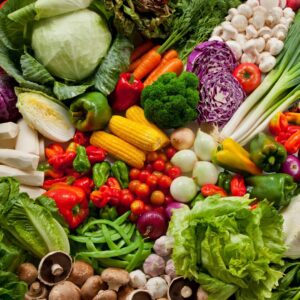
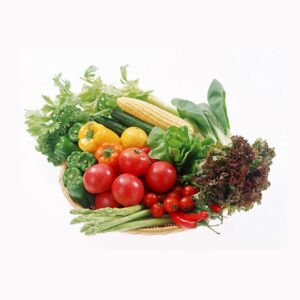
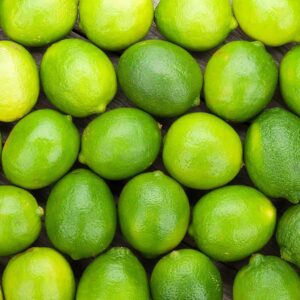
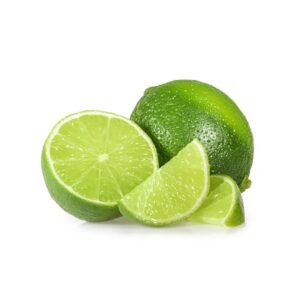
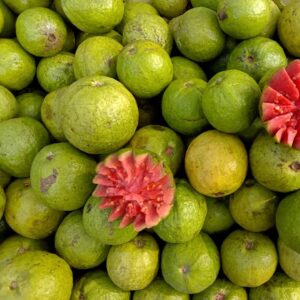
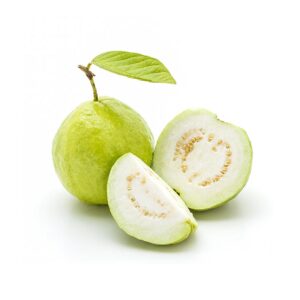
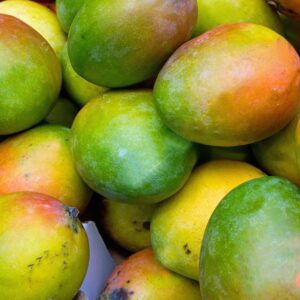

Reviews
There are no reviews yet.